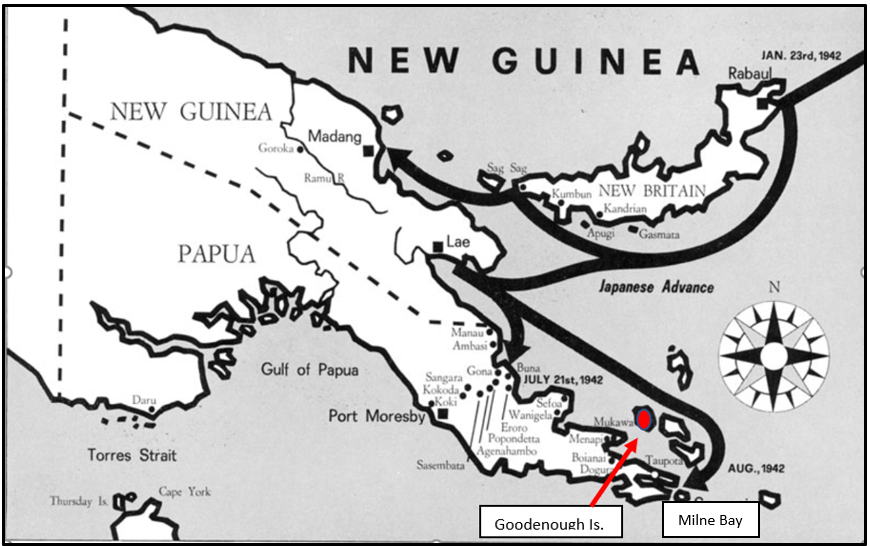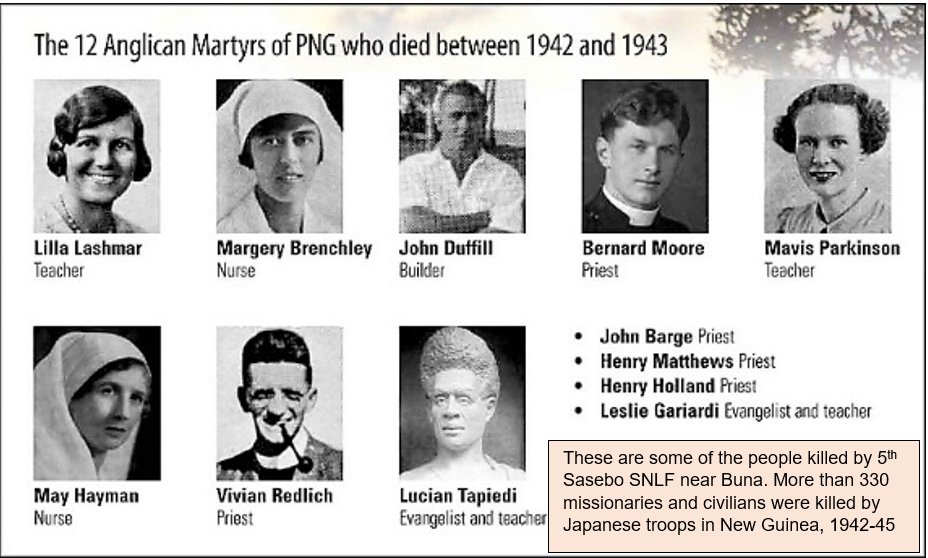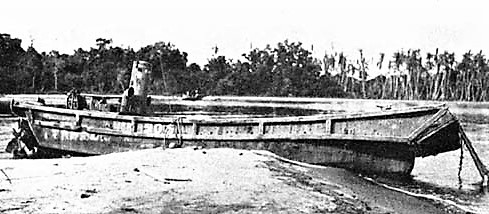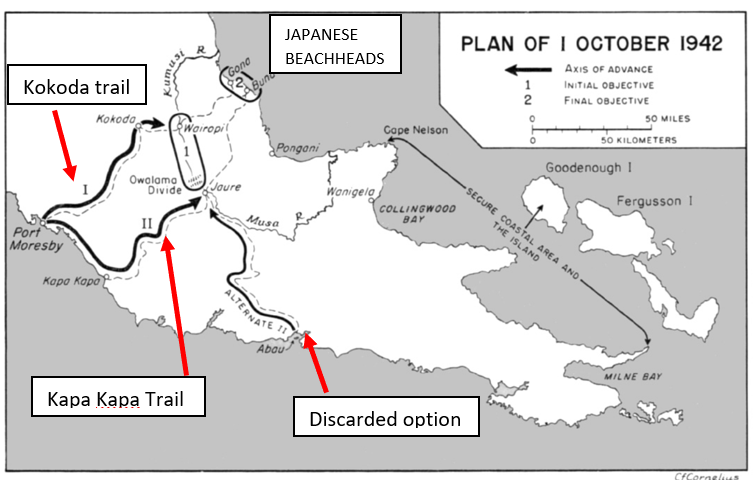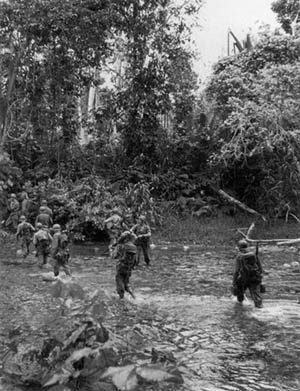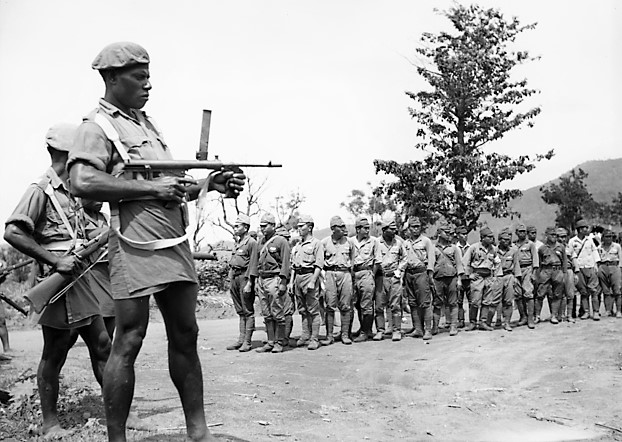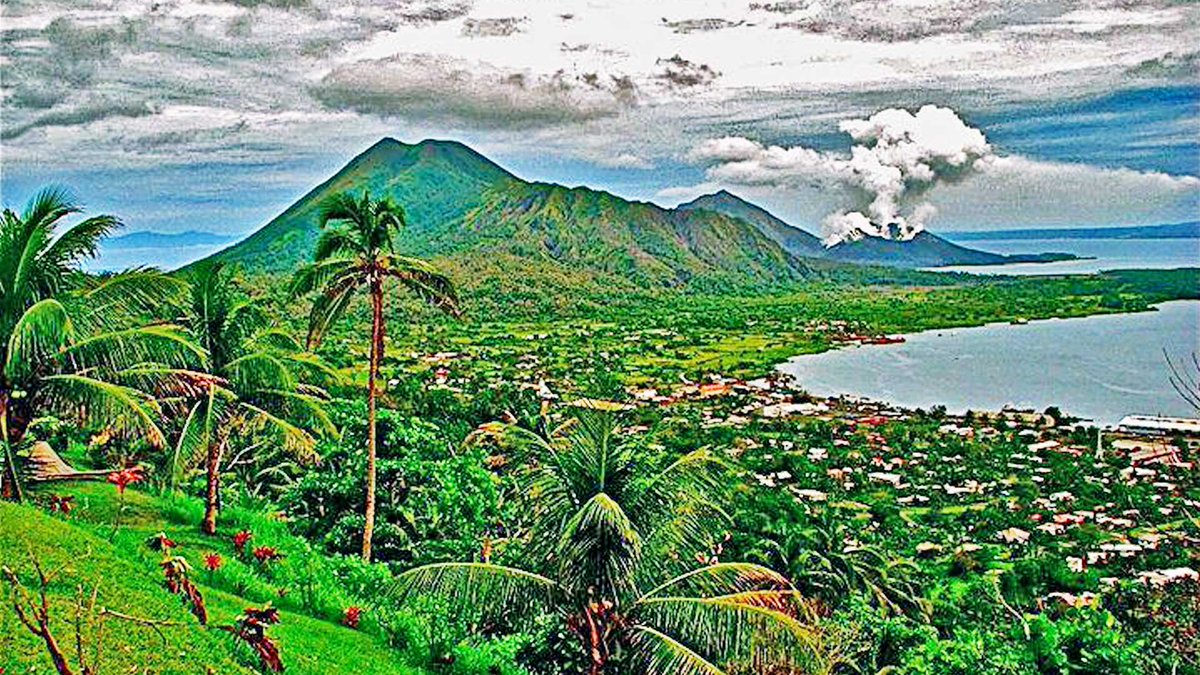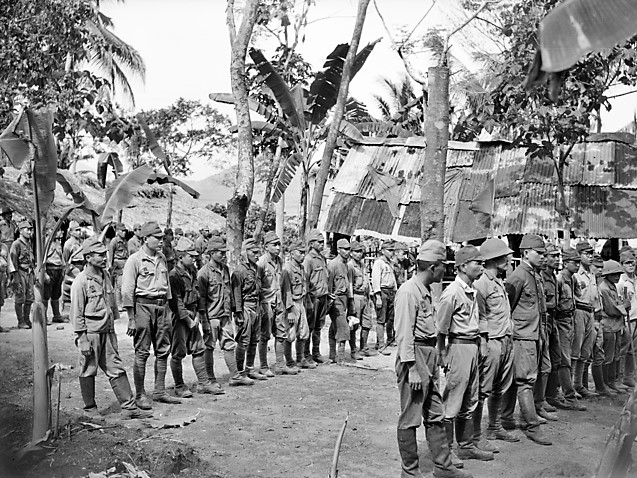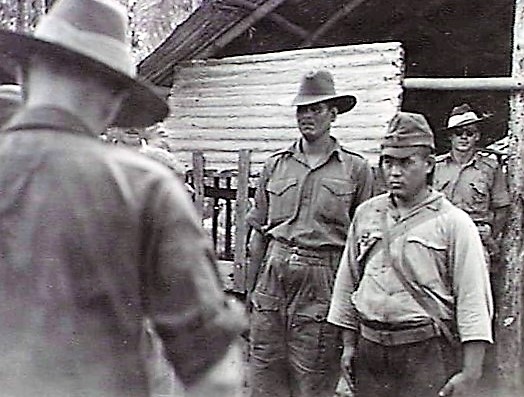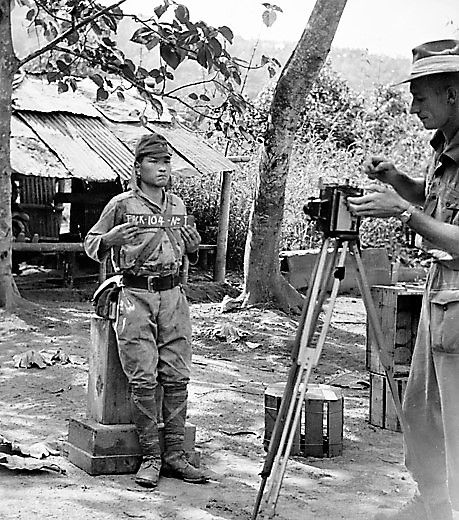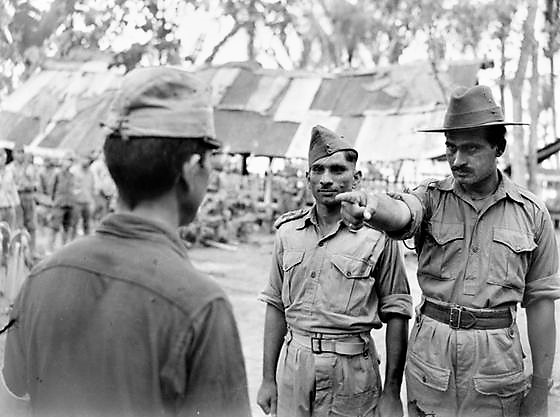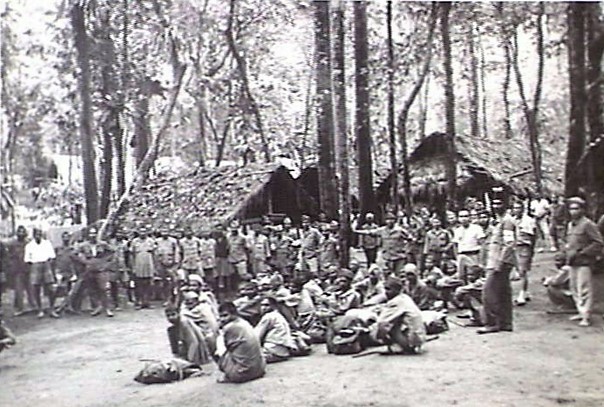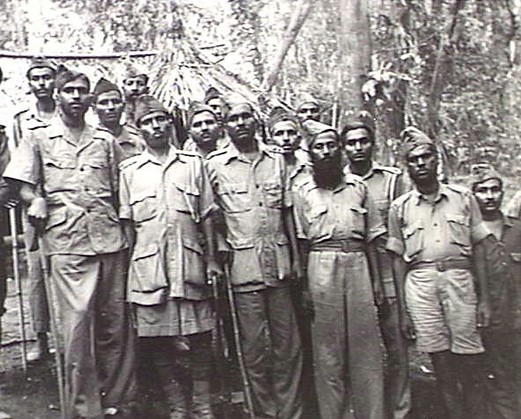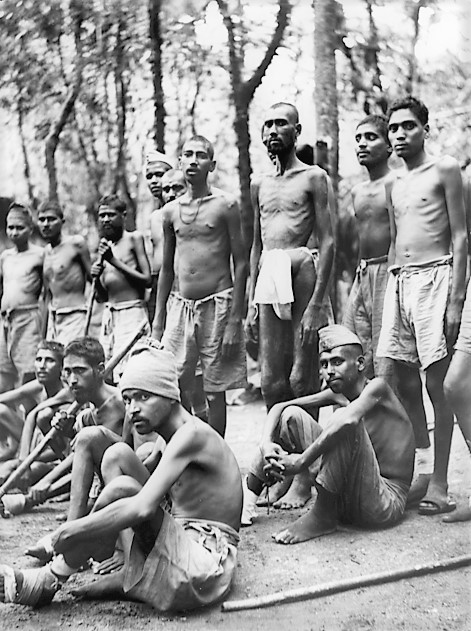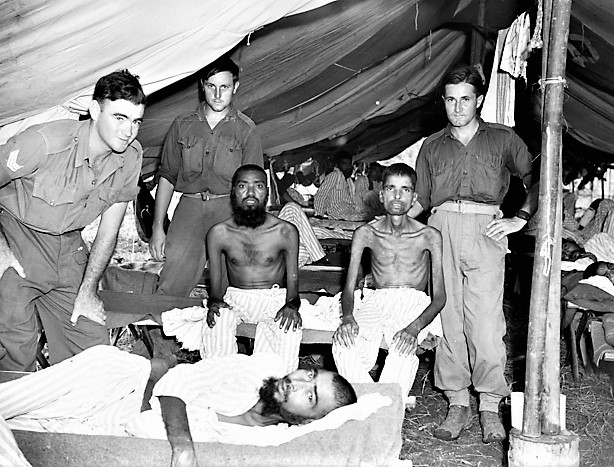
THREAD
1/4
#OTD 1943: In an opposed landing by Australian 20th Bde at Scarlet Beach, Finschhafen, New Guinea 2 platoons of the Papuan Infantry Battalion were attached.
Also attached was Sgt Iaking IWAGU, Royal Papuan Constabulary, a local guide.
The IJA's 80th Regt were waiting.
1/4
#OTD 1943: In an opposed landing by Australian 20th Bde at Scarlet Beach, Finschhafen, New Guinea 2 platoons of the Papuan Infantry Battalion were attached.
Also attached was Sgt Iaking IWAGU, Royal Papuan Constabulary, a local guide.
The IJA's 80th Regt were waiting.

2/4
The LCI came under heavy fire.
It stopped in deep water, its ramps damaged by shells.
The Australians and Papuan Infantry had to disembark into deep water.
The OC of the PIB detachment, Capt Leutchford, leading his men, was immediately mortally wounded and sank in the water.
The LCI came under heavy fire.
It stopped in deep water, its ramps damaged by shells.
The Australians and Papuan Infantry had to disembark into deep water.
The OC of the PIB detachment, Capt Leutchford, leading his men, was immediately mortally wounded and sank in the water.

3/4
Under heavy MG fire, Sgt Iwagu swam across to Leutchford and dragged him ashore to take cover in a small shellhole.
Iwagu stayed with Capt Leutchford, laying over his body amidst mortar and MG fire until stretcher bearers finally arrived.
Sadly, Captain Leutchford had died.
Under heavy MG fire, Sgt Iwagu swam across to Leutchford and dragged him ashore to take cover in a small shellhole.
Iwagu stayed with Capt Leutchford, laying over his body amidst mortar and MG fire until stretcher bearers finally arrived.
Sadly, Captain Leutchford had died.

4/4
Throughout the long ordeal Sergeant Iwagu also imparted the highest confidence to the Papuan Infantry troops by his coolness and calm bearing.
Lieut-Col Savige, GOC, New Guinea Force, awarded Sgt Iaking Iwagu the George Medal for his outstanding courage and devotion to duty.
Throughout the long ordeal Sergeant Iwagu also imparted the highest confidence to the Papuan Infantry troops by his coolness and calm bearing.
Lieut-Col Savige, GOC, New Guinea Force, awarded Sgt Iaking Iwagu the George Medal for his outstanding courage and devotion to duty.
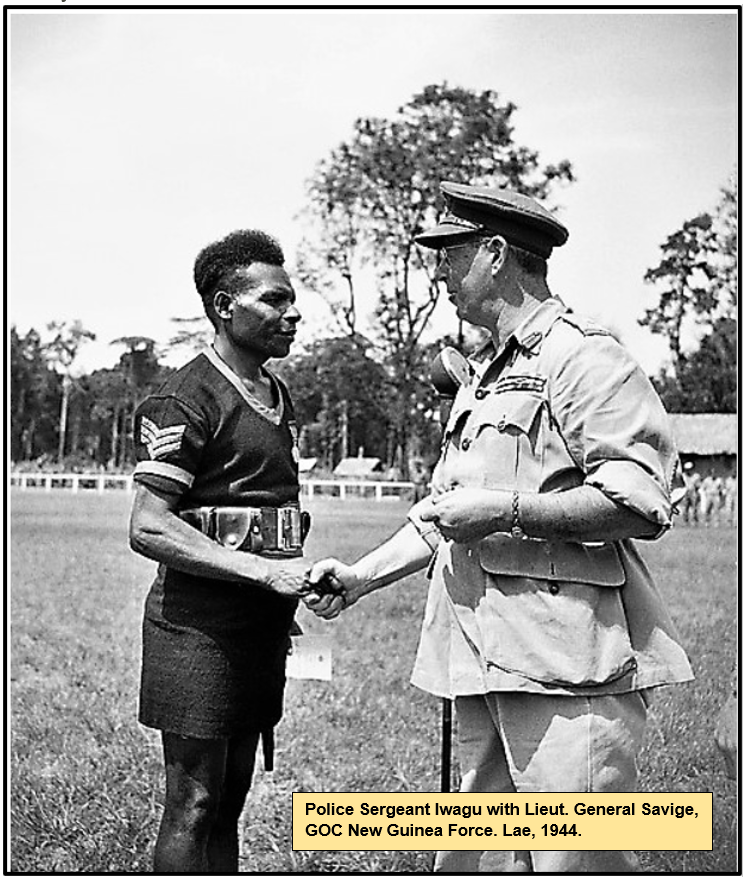
*Landing was on September 22, not October 22.🙄
• • •
Missing some Tweet in this thread? You can try to
force a refresh




